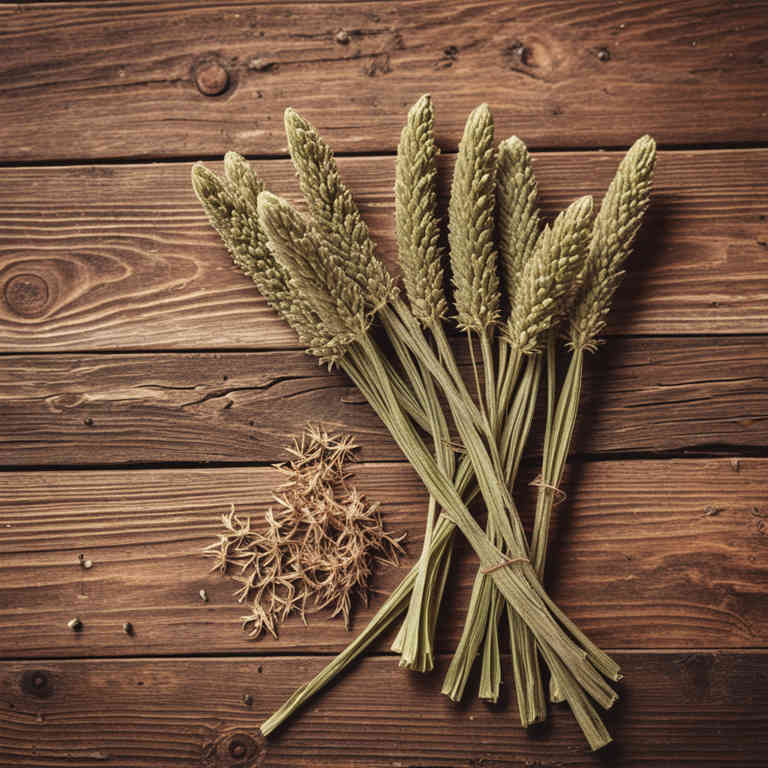Plantago lanceolata linctuse for medicinal use

Plantago lanceolata linctuse is a traditional herbal preparation made from the leaves of the plantain plant, commonly known as broadleaf plantain.
It is typically prepared as a soothing syrup or tincture and is valued for its demulcent and anti-inflammatory properties. This preparation is used in herbalism to alleviate respiratory conditions such as coughs, sore throats, and bronchitis by coating and protecting the mucous membranes. It is also sometimes used to treat digestive issues due to its mild astringent effects.
Plantago lanceolata linctuse is often recommended for its gentle yet effective action on the respiratory and digestive systems.
Uses
Plantago lanceolata linctuse has been used to soothe respiratory conditions and alleviate coughs for centuries.
Historically, it was a staple in traditional medicine across Europe, where it was valued for its expectorant and anti-inflammatory properties. In ancient times, it was often prepared as a syrup or poultice to treat ailments like bronchitis and sore throats. Modern herbalists continue to use it for its mucilage content, which helps loosen mucus and reduce irritation in the respiratory tract.
Today, it is also found in some over-the-counter remedies for coughs and colds, reflecting its enduring therapeutic value.
Benefits
Plantago lanceolata linctuse has health benefits such as soothing respiratory tract irritation, reducing coughing, and easing symptoms of bronchitis and other respiratory conditions.
It is known for its demulcent properties, which help to coat and protect the mucous membranes in the throat and lungs. This herbal preparation may also aid in alleviating sore throat and hoarseness due to its anti-inflammatory and antimicrobial effects. It is traditionally used to support the healing of the respiratory system and promote easier breathing.
Additionally, it may help in reducing the frequency and severity of coughing fits, making it a valuable remedy for those suffering from respiratory discomfort.
Constituents
Plantago lanceolata linctuse active constituents include mucilage, flavonoids, tannins, and polysaccharides.
These components contribute to its traditional use in soothing respiratory tract irritation and reducing coughing. Mucilage forms a protective layer over mucous membranes, while flavonoids have anti-inflammatory properties. Tannins help in reducing secretions and providing a soothing effect.
Polysaccharides may enhance immune function and support overall respiratory health.
Preparation
To make Plantago lanceolata linctuse, first gather fresh or dried Plantago lanceolata leaves, commonly known as broadleaf plantain.
Wash the leaves thoroughly and chop them into small pieces to facilitate extraction. Next, steep the chopped leaves in hot water for about 10 to 15 minutes to create a strong herbal infusion. Strain the liquid to remove the plant material, and then add a small amount of honey or sugar to sweeten the linctuse, which is used to soothe coughs and throat irritation.
This preparation is best consumed warm and can be taken several times a day as needed.
Side Effects
Plantago lanceolata linctuse may lead to gastrointestinal discomfort, including nausea, vomiting, and diarrhea, due to its mucilage content.
It can also cause allergic reactions in individuals sensitive to plants in the Plantaginaceae family. Prolonged use may result in dependency or reduced effectiveness of the preparation. In some cases, it may interfere with the absorption of other medications.
It is important to consult a healthcare professional before using this herbal preparation, especially for individuals with pre-existing medical conditions.